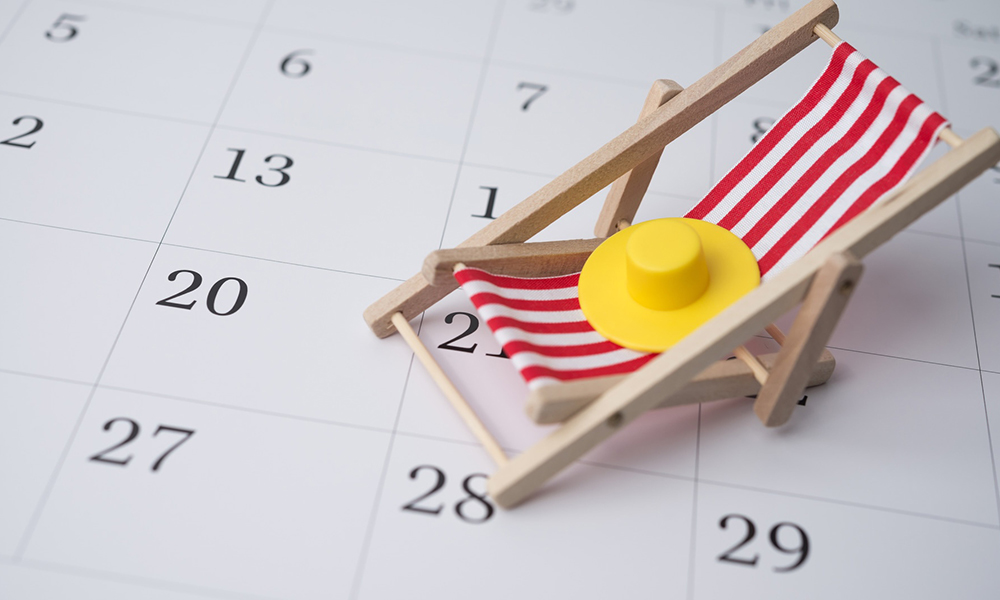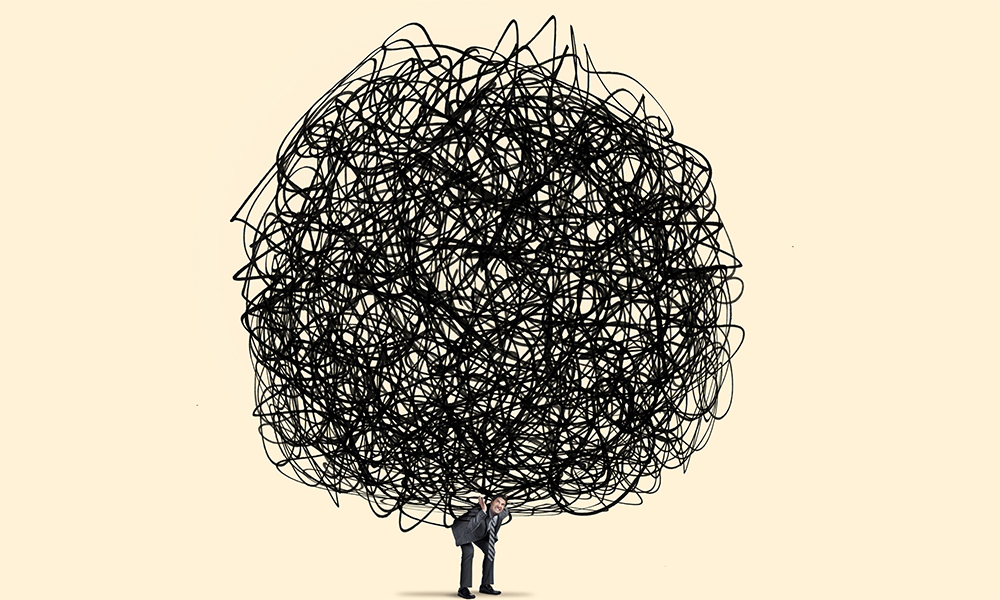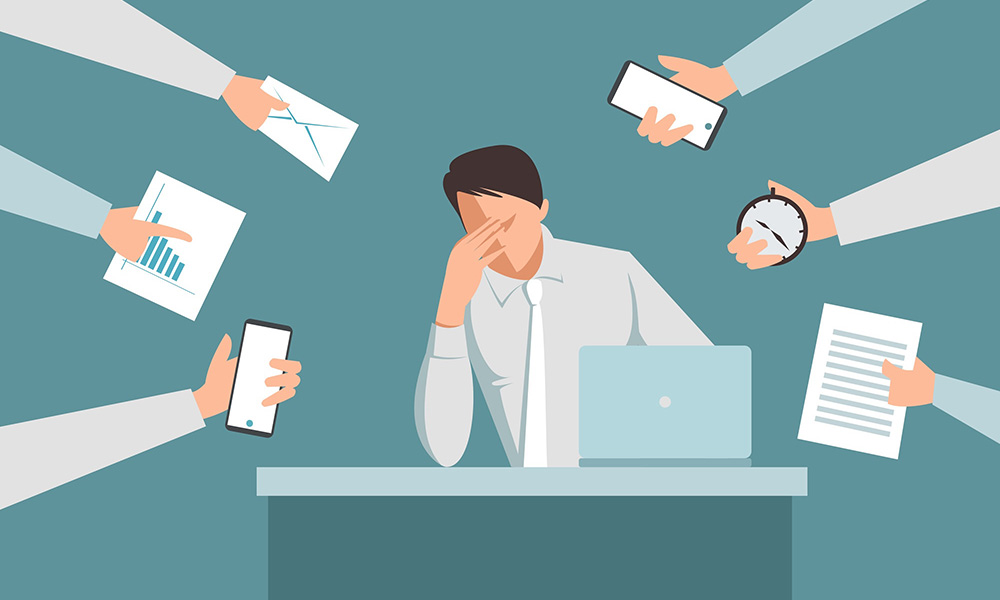Perhaps the most common complaint in today’s professional world is that there’s too much to do – and too little time.
Most of us race breathlessly from one task to another, trying to somehow get it all done. In this rush and clutter, what’s getting pushed aside? What’s falling through the cracks? Often, deep thought and strategic analysis take a backseat to day-to-day meetings and emails.
If this sounds familiar, then occasional untouchable time might be exactly what the doctor prescribed. The solution lies in rearranging and better utilising the time you already have – not in spending even more hours at the office, eating into your precious personal life.
So, this week, my message focuses on why untouchable time can so powerful and how to make it an integral part of your routine.
In his Harvard Business Review article, Why You Need an Untouchable Day Every Week, Neil Pasricha goes to the heart of the problem:
As our world gets busier and our phones get beepier, the scarcest resource for all of us is becoming attention and creative output. And if you’re not taking time to put something new and beautiful out into the world, then your value is diminishing fast.
Until recently, his solution to this had been the same as everyone else’s–work longer and harder. But he discovered “that you can only drive in the express lane for so long before the wheels come off.”
Pasricha, who used to be the Director of Leadership Development at Walmart and is now a successful author, realised,
“What I needed was a practical way to get more work done without taking more time…I finally found a solution that I feel has saved my career, my time, and my sanity…I call it “Untouchable Days”. These are days when I am literally 100% unreachable in any way…by anyone.”
Here’s how it works: one workday ever so often, you break free of all distractions and connection – no meetings, no calls, no emails, no social media. You retreat to your cave, where you can devote your entire energy and attention to valuable work.
Yes, it sounds intense – because it is. But those who have adopted the untouchable day practice swear by its game-changing power. For instance, Pasricha ordinarily produces about 500 words a day, in between interviews, meetings, conference calls and marketing-related activities. On untouchable days, however, he typically produces up to 5,000 words – which means he is 10 times more productive!
Now, carving out a weekly untouchable day may not be feasible for many of us.
An occasional day or a certain amount of time free of meetings and interruptions can actually make you more productive and deliver better work. It allows you to immerse yourself fully and reduces the time wastage caused by context-switching.
Whenever you shift from one task to another, you lose time. Attending just one meeting costs many wasted minutes: you need to wrap up what you’re working on, make your way to the meeting room, wind down after the meeting is over, return to your desk, get your focus back and re-immerse in your earlier task once again. Now, imagine how much productive time we lose on a daily basis, given the number of meetings we attend and how often we respond to calls or emails in the middle of other work.
Meetings and constant communication are now facts of corporate life – they’re not going anywhere. But “untouchable time” allows you to carve out a hiatus from them, which can be reserved for work that demands higher-order thinking and plays a crucial role in the long run.
Here are six suggestions to help you use untouchable time successfully:
1. Commit to the concept
Untouchable time works only if you assign them a sacred status in your calendar. Once you decide on a day or time, think of it as closed for business. Initially, it will feel odd to turn down or reschedule calls and meetings, but remember – the whole idea is to prioritise the important over the urgent. Learn to say no and find another suitable slot; after all, you have plenty of other time to play with.
Do whatever you can to strengthen your commitment to untouchable time. Pasricha, for instance, blocks out UNTOUCHABLE DAY in all-caps on his calendar, up to 16 weeks in advance. Elizabeth Grace Saunders, a time management coach and strong advocate for meeting-free days, recommends fixing a particular day of the week. By making it a recurring event, you improve your chances of following through on the resolution.
2. Choose the right work
It’s imperative to use this precious time for meaningful work that requires intense concentration and high-level thinking like strategy, creativity, analysis, etc. It’s the perfect space to work on that huge, complex project – the one you’re finding it difficult to make progress on during the regular office routine.
Saunders emphasises that you need a plan for your untouchable time. She recommends writing down your area of focus – either a big project, or a few specific deliverables – and put all your effort into moving these items forward.
3. Experiment and tweak
Be willing to adjust the concept, depending on your personal work situation. Maybe you think it would be impossible for you to pull off such time at the office itself. If so, explore other options, such as working from home or another suitable venue (like a quiet coffee shop or a co-working space where you don’t know anyone).
Share the concept of untouchable time with your co-workers. Open up about the kind of work you hope to accomplish in these carefully carved out windows of time – and why it’s so important. With their help, figure out the most realistic way to turn this idea into reality.
You are also sure to encounter scheduling conflicts at some point. For example, what if an important partner or customer is in town for just one day – which happens to be an untouchable day? For such scenarios, Pasricha offers a great perspective:
I have a simple rule. Untouchable Days may never be deleted, but they can move between the bowling-lane bumpers of the weekends. They can’t jump weeks, though. They are more important than anything else I am doing, so if they need to move from a Wednesday to a Thursday or a Friday, that’s fine — even if I have to move four meetings to make room.
4. Prepare for emergencies
When you tell your family and co-workers that you plan to be unreachable for a certain amount of time, chances are someone will ask: “What if there’s an emergency?” One way to put their mind at ease is to check your phone or email once or twice during that time, at set times, just to make sure everything is fine. (This will also allow you to quickly scan for any time-sensitive messages.)
Alternatively, if you choose to work at a particular venue during your untouchable time, let people know where you are so they can get in touch if required. Of course, do make it clear that you should be contacted only in case of real emergencies – not for situations that can easily be tackled the next day or handled by somebody else.
5. Rethink meetings
Cutting down on meetings is excellent for productivity, even beyond untouchable time. Nearly everyone agrees that we should strive for fewer, more effective meetings. In her Harvard Business Review article, Do You Really Need to Hold That Meeting?, Elizabeth Grace Saunders provides an excellent litmus test. Ask yourself these four questions before you send out that meeting invite:
- Have I thought through this situation? If you still need to do some personal strategic thinking, calling a meeting would be premature. If you’ve done the prep work, move on to the next question.
- Do I need outside input to make progress? If you know and can decide what needs to be done, then it’s time for action, not meetings. However, if you feel you need more clarity or feedback from other people, go on to the next step.
- Does moving forward require a real-time conversation? If it’s feedback you want, sending an email could work great – especially if there are documents involved. If you feel a conversation is necessary, consider the next question.
- Does this necessitate a face-to-face meeting? Can you connect via online chat or phone call? Using such alternatives saves on transition time and makes it easier to handle delays or cancellations. If you feel a face-to-face meeting is necessary, then go ahead and schedule that meeting.
6. One size doesn’t fit all
Untouchable time might not be for everyone. In fact, some people may actually find them counterproductive. If you have trouble staying focused for long stretches or crave social connection, then it causes you to get bored or distracted. However, do try shorter periods of distraction-free time – maybe a few hours. Experiment to see what works best for you.
So, is Pasricha still continuing with untouchable days? In his words:
“With a year of Untouchable Days under my belt, do I still go through the exercise of scheduling oneUntouchable Day every single week?…The honest answer is no…Now I schedule two”.
As always, I look forward to your thoughts.








Comments